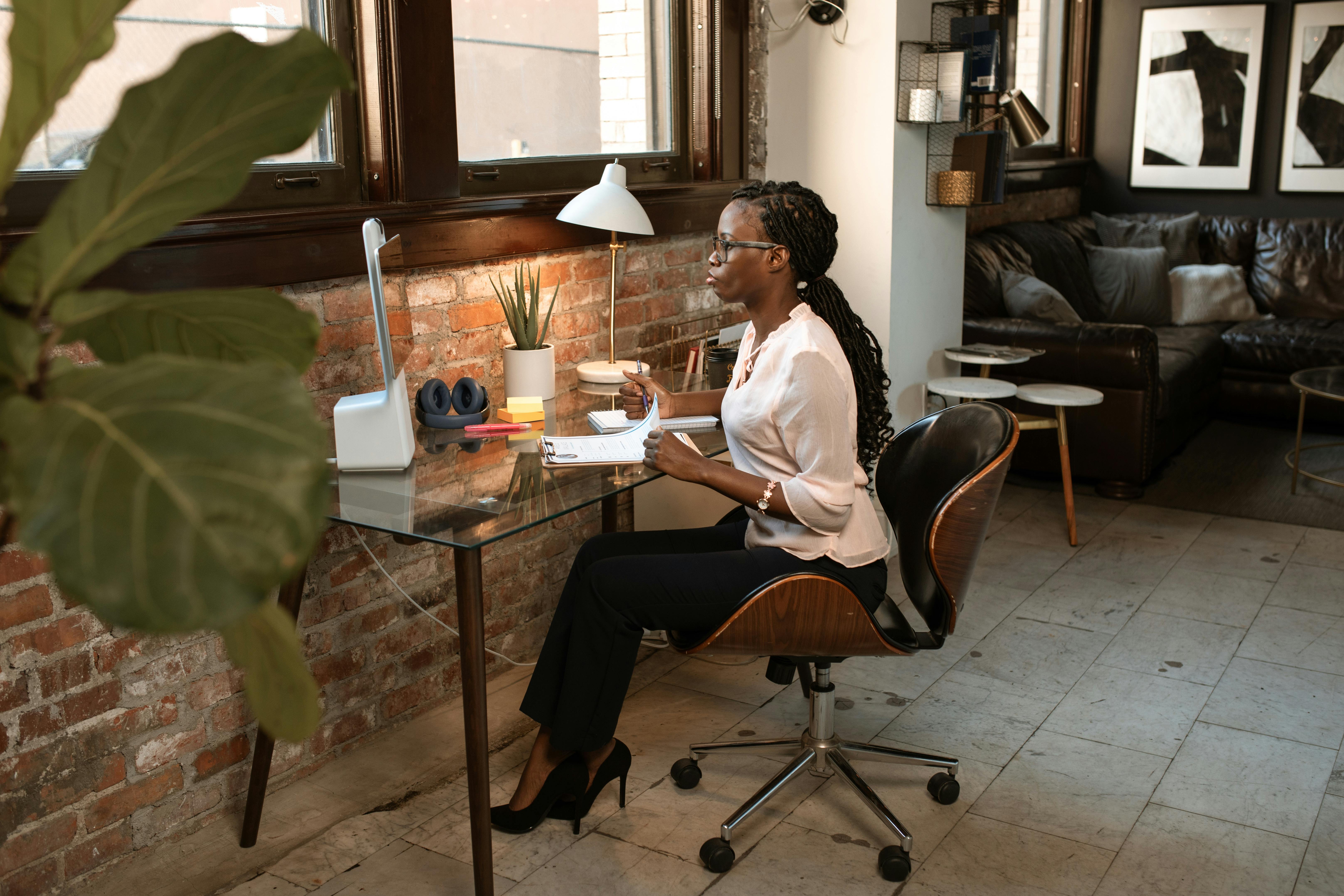Consumer-facing marketing through interactive video ads and free in-game credits via mobile apps seems to have taken hold and has been a burgeoning trend in mobile advertising. Naturally, online retailers who have already made their fortunes and established their brands online are now expanding their market reach by optimizing their digital content and website design for different screen resolutions and mobile platforms. They are aimed at tech-savvy consumers who frequently use their smartphones and tablets to watch blockbuster movies through paid streaming services like Flixster and to purchase songs, ringtones and apps from iTunes or Google Play.
The principles of Responsive Web Design (RWD) were meant to fix usability issues when displaying websites on different platforms and screen resolutions. Designers should create multiple versions of a website design for at least three screen sizes, including 320×480, 480×768, and 768x browsers. Most designers assign a fixed layout to each screen resolution and simply adjust the margins for convenient styling. On the one hand, web design experts see a fluid and scalable design as a more optimal option for a better user experience on a larger number of mobile devices, including aftermarket products running on older versions of Android.
The old trick of simply adjusting the width of a web page relative to a smaller screen doesn’t work anymore. Forces other page elements, such as an embedded media player and an interactive menu, into a very limited area. Now designers must work with website owners when selecting content to display on smaller screens. However, all versions must have the same formatting for text and images and must use the same design elements, such as an image or font type, in whole or in part.
To illustrate, the home page of a website appears on a 10-inch tablet just as it does on an LCD monitor. In a mobile browser that is 480 pixels wide or more, the display area can only accommodate a single column layout with three or four links, an image or two, and a few lines of text. Users don’t have to scroll down on a longer screen (ie 480 pixels wide by 800 pixels high for some Android and Windows 7 devices), which also provides more room for additional content. Some creative ways to make the most of a mobile’s limited screen include placing text in expandable or collapsible containers and dividing long blocks of text into multiple pages of two or three paragraphs.
